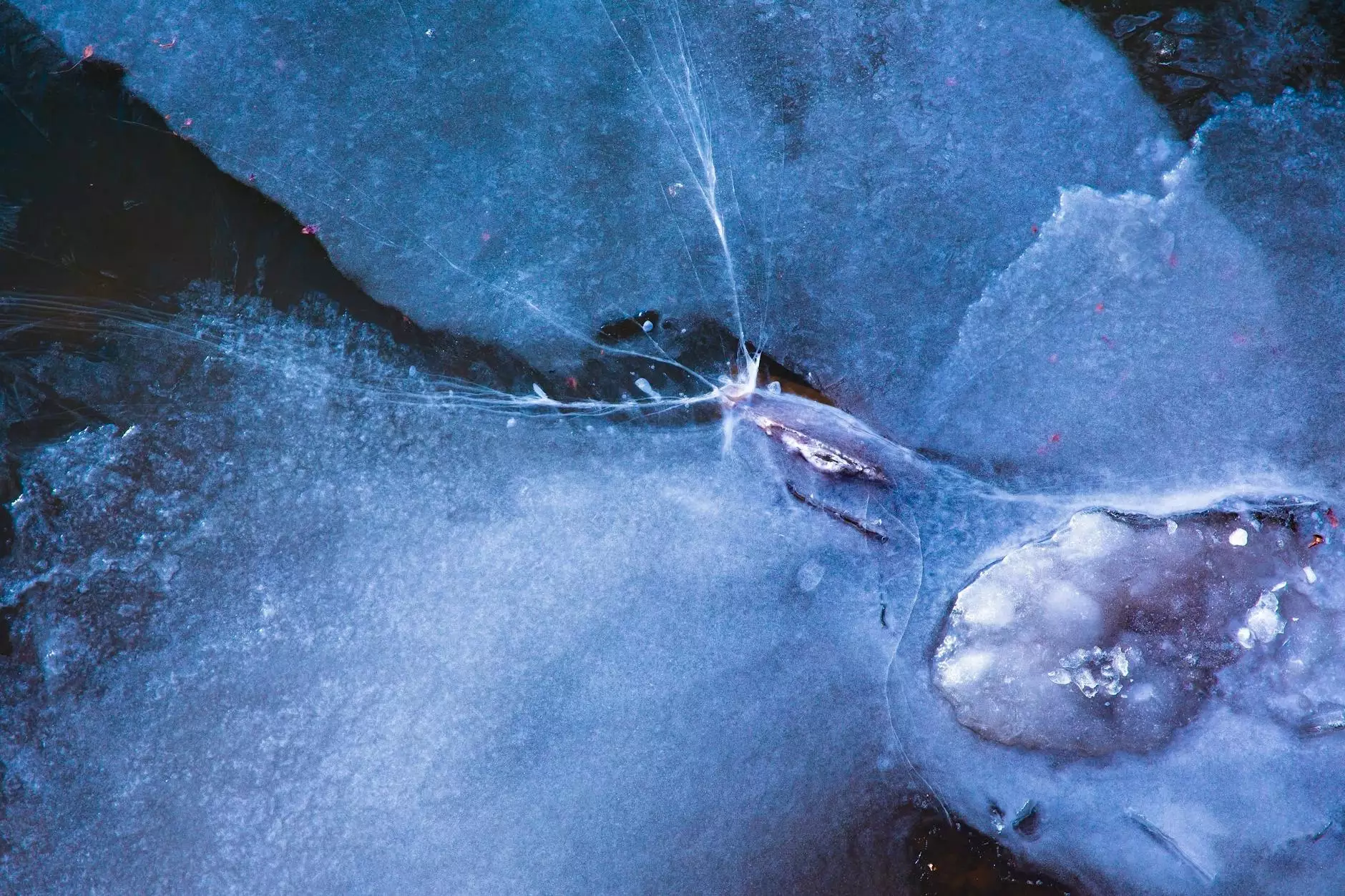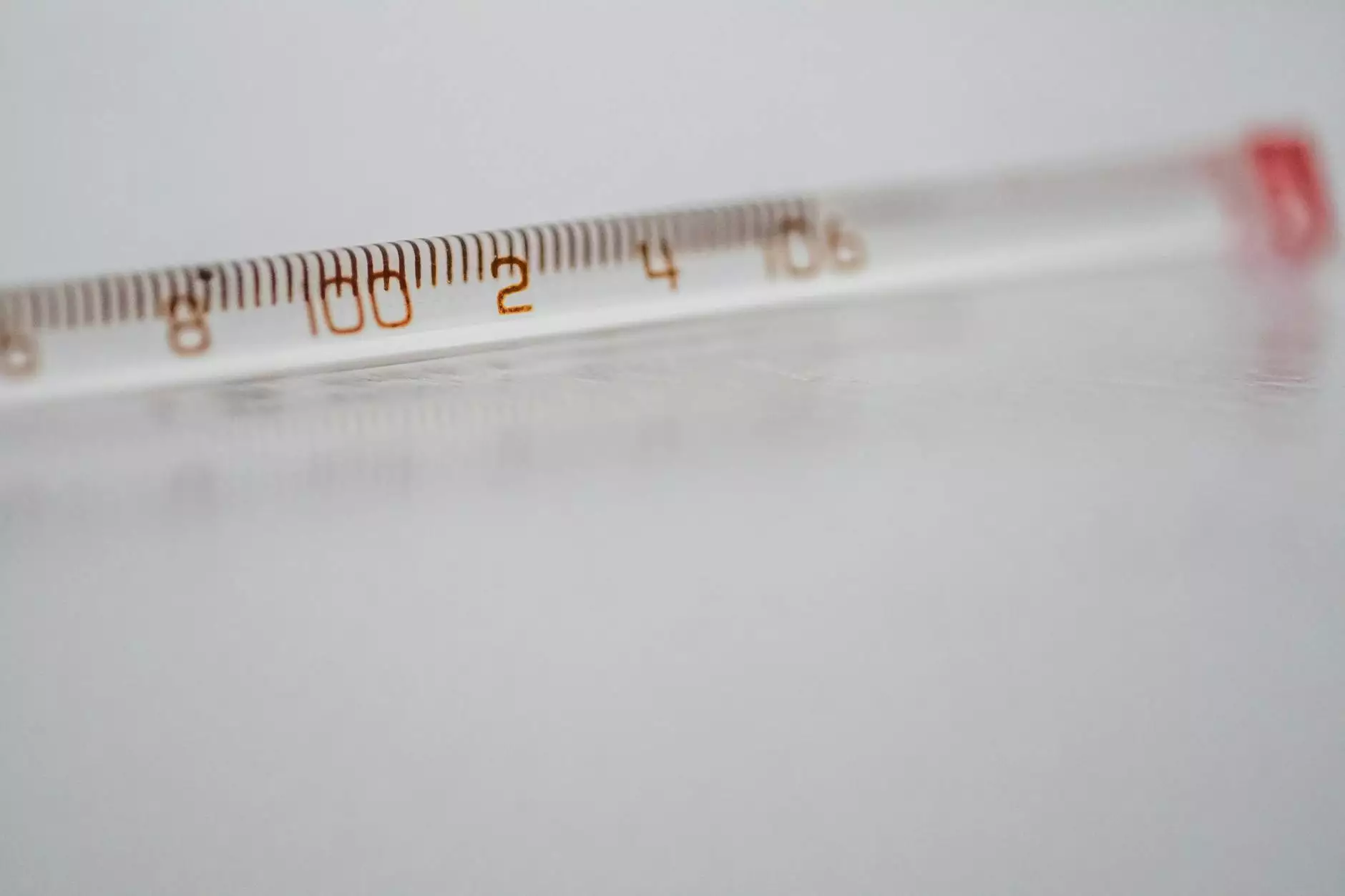Understanding Hairline Fractures: X-Ray Insights for Patients

When it comes to injuries, especially those affecting the rib area, one type of injury that often causes concern is a hairline fracture. This article delves into the concept of a hairline fracture in the ribs, how they are diagnosed with an x-ray, and key information to help you understand treatment options and recovery paths. Our aim is to provide comprehensive information that can help both patients and healthcare professionals alike.
What is a Hairline Fracture?
A hairline fracture refers to a small, thin crack in a bone. While it may not be fully broken or displaced, it still requires careful attention. In the case of ribs, these fractures can result from various activities, including:
- Sports injuries: High-impact activities like football, rugby, or martial arts.
- Falls: Unexpected falls from height or overexertion during daily activities.
- Chronic stress: Repeated strain on the ribs from certain sports or occupations.
- Osteoporosis: Conditions that cause bone weakening can lead to fractures even without significant trauma.
Recognizing the symptoms of a hairline fracture in the ribs is crucial for seeking timely treatment. These can include:
- Localized pain: Pain that worsens with movement, coughing, or deep breathing.
- Swelling: Swelling around the area of injury.
- Bruising: Bruising may accompany the pain if the injury is significant.
Diagnosis of Hairline Fractures Through X-Ray
Diagnosing a hairline fracture typically involves several techniques, with the x-ray being a primary tool. X-rays are highly effective in visualizing bone conditions. Here’s how they help:
1. The Role of X-Rays
An x-ray passes through the bones and captures their structure on film, allowing medical professionals to spot fractures. However, hairline fractures can be notoriously difficult to see because they are so fine, and the injury may not displace the bone segments significantly. Therefore, a doctor may recommend the following:
- Multiple views: Taking x-rays from different angles can help visualize the fracture more clearly.
- Follow-up imaging: In some cases, patients may require a repeated x-ray after a period to assess healing.
- MRI or CT scans: If the x-ray is inconclusive, advanced imaging techniques may be employed to get a clear view of the injury.
2. Importance of Accurate Diagnosis
Accurately identifying a hairline fracture is essential for effective treatment. Misdiagnosis or delayed detection can lead to complications such as:
- Increased pain: Extended periods of improper treatment can worsen pain levels.
- Immobility: Incorrect management may lead to stiffness in the rib cage area.
- Chronic issues: Long-lasting discomfort or recurrent injuries can occur due to inadequate support.
Treatment Options for Hairline Fractures
Once a hairline fracture is diagnosed, several treatment options are available. The goal is to promote healing while minimizing discomfort:
1. Rest and Activity Modification
One of the most critical recommendations is to rest. This means avoiding activities that put stress on the rib cage. It’s vital to listen to one’s body and allow sufficient healing time.
2. Pain Management
Over-the-counter pain relievers, such as ibuprofen or acetaminophen, can help manage pain and discomfort. Here’s how they assist:
- Reducing inflammation: Anti-inflammatory medications can mitigate swelling around the fracture site.
- Enhancing mobility: Pain relief can facilitate gentle movements, which is important for circulation.
3. Physical Therapy
In some cases, physical therapy may be recommended. This not only aids in recovery but also helps strengthen surrounding muscles, which can prevent future injuries. A physical therapist may focus on:
- Breathing exercises: To improve lung function during the healing phase.
- Strengthening routines: To enhance the support structure of muscles around the ribs.
Living with a Hairline Fracture
Life doesn’t stop just because of a hairline fracture. However, there are important considerations for managing daily activities during recovery:
- Avoiding impact sports: Steer clear of activities that increase risk of reinjury, such as contact sports.
- Gentle stretching: Engaging in light stretching under medical supervision can facilitate recovery.
- Reporting symptoms: Any worsening of symptoms should prompt immediate medical consultation.
When to Seek Medical Attention
While many hairline fractures heal well with conservative treatment, it’s vital to know when to seek help. Indicators include:
- Severe pain: That does not respond to prescribed medication.
- Difficulty breathing: Which may indicate complications such as a punctured lung.
- Persistent swelling or bruising: That worsens over time.
Conclusion
In summary, hairline fractures of the ribs are serious injuries that require careful diagnosis and appropriate treatment. An x-ray is an essential tool for identifying these fractures, ensuring patients receive the right care. Understanding the symptoms, treatment options, and recovery process is crucial for effective management.
If you suspect you have incurred a hairline fracture, we encourage you to consult with a healthcare professional. At Neumark Surgery, we are committed to providing exceptional care and detailed evaluations to assist you on your path to recovery. Your health is our priority, and we are here to support you every step of the way.
hairline fracture rib x ray








